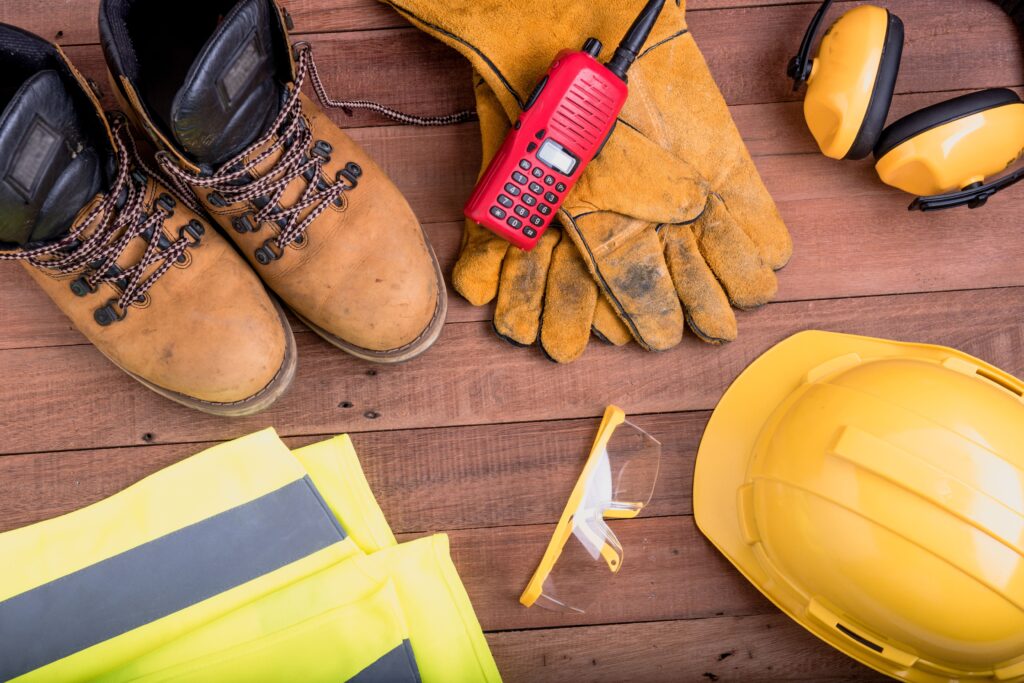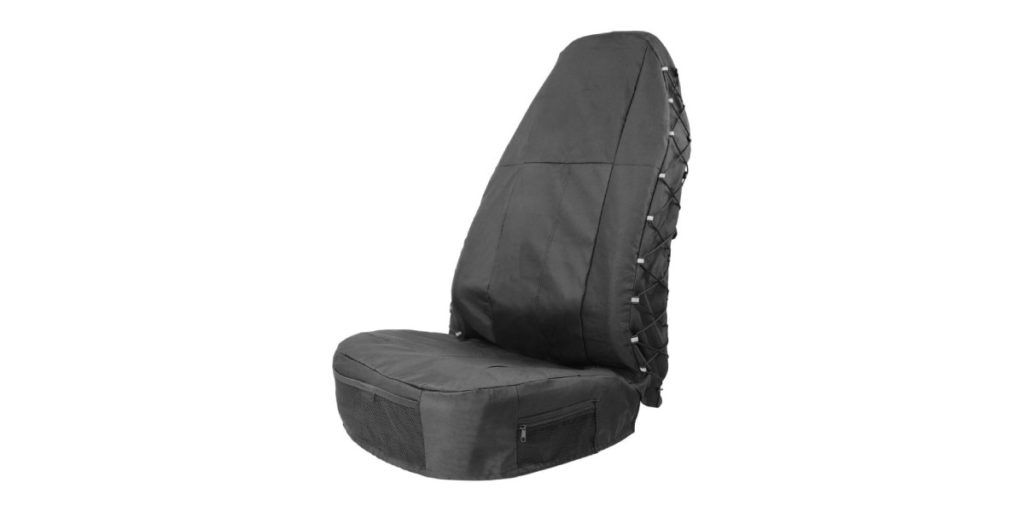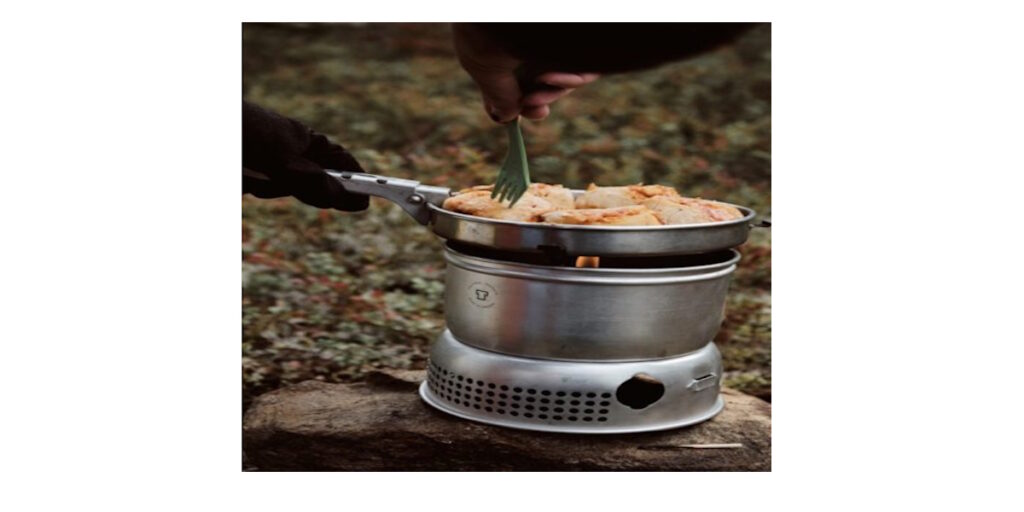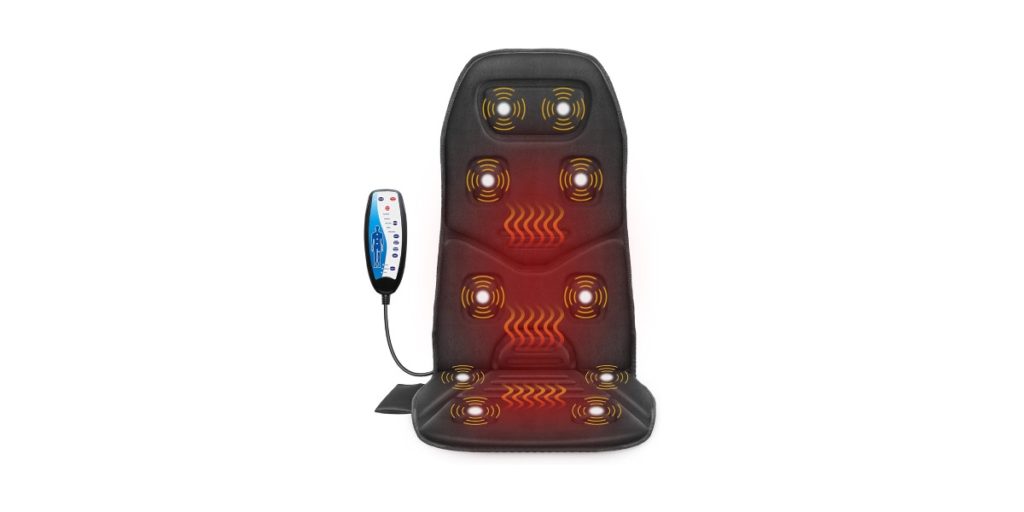Make sure to have these essential safety gear items to keep you safe on the road: reflective vests for high visibility, emergency triangles to alert other drivers, a fire extinguisher for unforeseen incidents, a first aid kit for minor injuries, and safety gloves for hand protection. These items are important for your safety and preparedness as a trucker. Stay tuned to discover more important safety equipment that can make a difference in emergency situations.
Reflective Vests
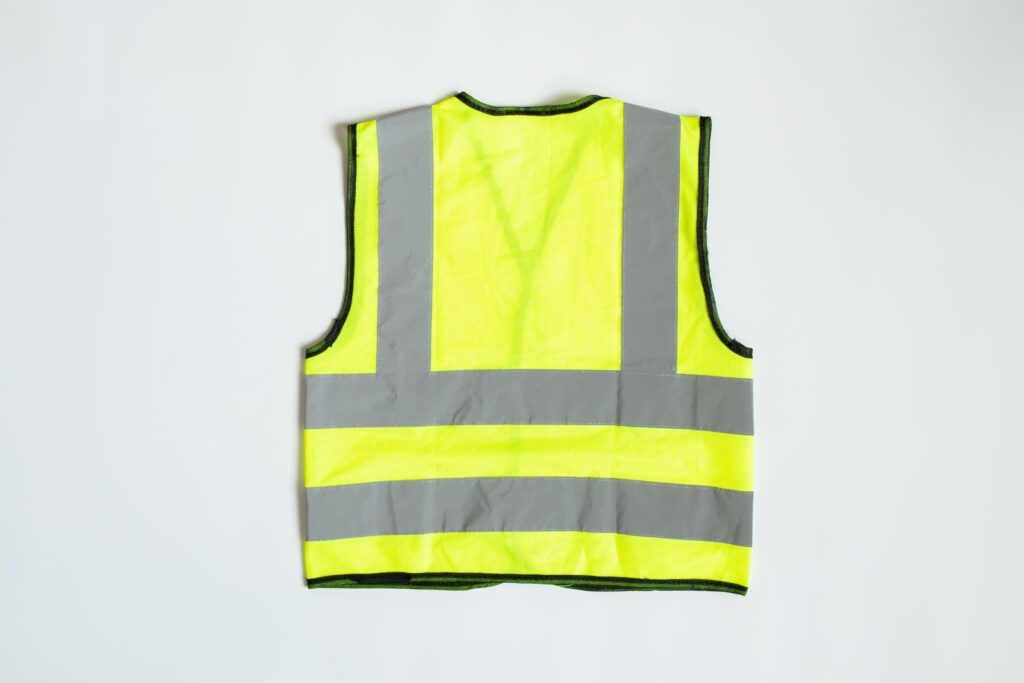
You know how important it is to stay visible on the road, especially during low-light situations. Reflective vests are a must-have safety gear for truckers to make sure other motorists can see you clearly. Prioritize your safety by wearing a reflective vest to enhance visibility and reduce the risk of accidents.
High Visibility Gear
High visibility gear, particularly reflective vests, plays a critical role in ensuring the safety of truck drivers on the road. Here’s why you need to prioritize this essential gear:
- Enhanced Visibility: Reflective vests with bright colors and reflective strips make you easily seen, even in low light or bad weather conditions.
- Safety Requirement: Many work zones mandate the use of high visibility gear to prevent accidents and keep you safe.
- Regulatory Compliance: Always have your reflective vest accessible to comply with safety regulations and boost your visibility.
- Crucial for Busy Areas: If you work in high-traffic zones or areas with compromised visibility, high visibility gear is a must for your safety.
Safety During Emergencies
During emergencies, truckers must secure their safety by wearing safety vests with reflective strips. These vests play an essential role in ensuring visibility on roads and work sites, especially in low light conditions or inclement weather. Here is a table highlighting the importance of safety vests with reflective material:
| Key Points | Benefits | Importance |
|---|---|---|
| Enhanced visibility | Helps others see you better | Essential for safety during emergencies |
| Reduced accident risk | Minimizes chances of incidents | Standard requirement in work zones |
| Improved safety on roads | Ensures your safety on the road | Necessary for emergency situations |
| Increased awareness of others | Makes you more visible to those around you | Promotes safety for all involved |
Emergency Triangles

When you’re out on the road, emergency triangles are a must-have safety item for truckers. These triangles provide a clear warning to other drivers in case of a breakdown or emergency stop, helping to prevent accidents. Make sure to have them readily accessible in your truck for compliance with regulations and to enhance your safety on the road.
Significance of Triangles
Emergency triangles serve as essential safety markers for truckers when facing roadside breakdowns or emergencies. Here’s why they are important:
- FMCSA Requirement: Commercial vehicles must carry warning triangles for visibility and safety.
- Proper Placement: Triangles should be positioned 10 feet behind the vehicle, 100 feet apart, and visible from 500 feet in all directions.
- Alerting Other Drivers: These triangles signal to other drivers to slow down and proceed cautiously around the stopped vehicle.
- Preventing Accidents: By using warning triangles correctly, you can help avoid accidents and guarantee the safety of yourself and others on the road.
Fire Extinguisher
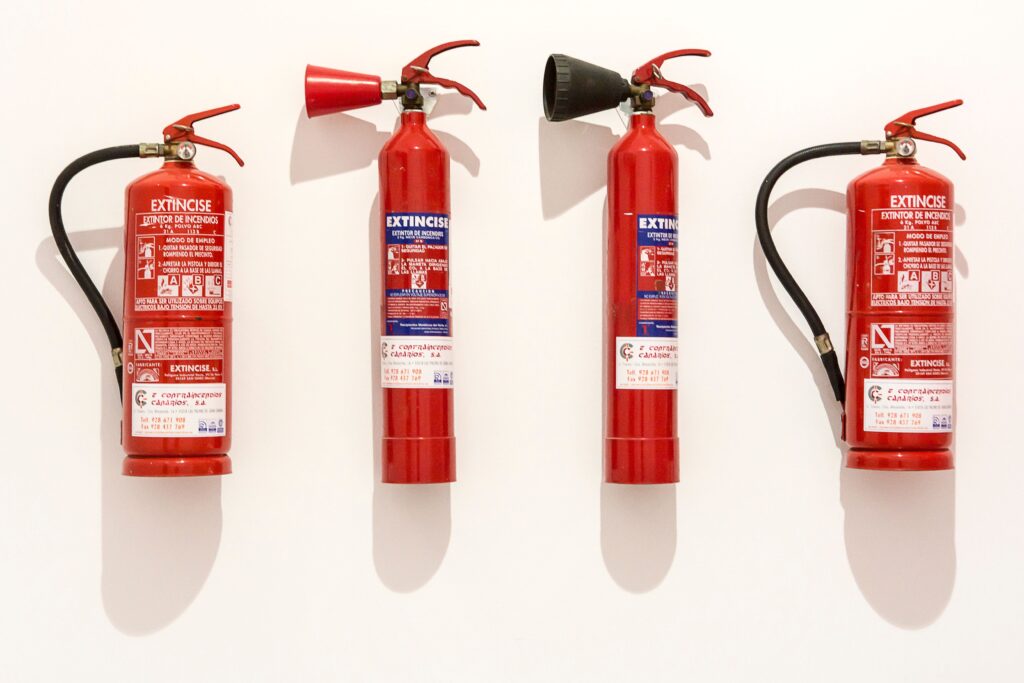
You know the importance of having a fire extinguisher in your truck, but do you know which type is right for different fire situations? Understanding the proper use of fire extinguishers can be vital in emergencies on the road. Let’s explore the different types of fire extinguishers and how to use them effectively.
Fire Extinguisher Types
To guarantee compliance with FMCSA regulations and prioritize safety on the road, commercial truck drivers must equip their vehicles with appropriate fire extinguishers tailored to potential fire types and meeting OSHA-approved standards. Here are some key points to think about when choosing fire extinguisher types:
- Choose extinguishers suitable for potential fire types.
- Confirm extinguishers are OSHA-approved.
- Conduct monthly inspections and annual servicing.
- Vehicles transporting hazardous materials require extinguishers rated 10 B:C or higher.
Selecting the right fire extinguisher types and maintaining them properly can greatly enhance your safety preparedness on the road.
Proper Fire Extinguisher Use
To prioritize safety while on the road and meet FMCSA regulations, understanding the correct use of fire extinguishers is essential for commercial truck drivers. Confirm you have the proper fire extinguisher for the potential fire types you may encounter. Bear in mind, these extinguishers must be OSHA-approved, inspected monthly, and serviced annually to ensure their effectiveness.
Keep your commercial truck fire extinguisher filled, ready for use, and securely in place. If you’re transporting hazardous materials, make sure your extinguisher is rated 10 B:C or higher. Familiarize yourself with the operation of the fire extinguisher to act swiftly and effectively in case of emergencies. Your knowledge and preparedness can make a significant difference in ensuring your safety and that of others on the road.
First Aid Kit
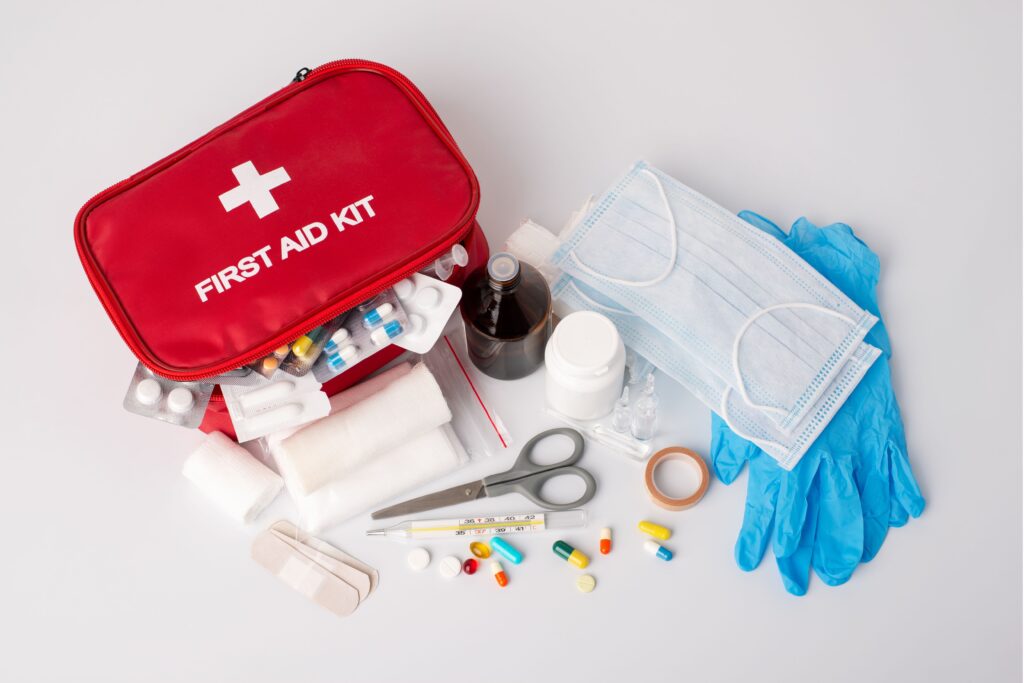
You know that a first aid kit is essential for addressing injuries swiftly and effectively while on the road. It should contain necessary medical supplies like bandages, antiseptic wipes, and gauze. Keeping your first aid kit stocked, organized, and regularly inspected is key to being prepared for any emergencies that may arise.
Essential Medical Supplies
Equipped with essential medical supplies, such as a well-stocked first aid kit, truck drivers are prepared to handle minor injuries and medical emergencies while on the road. Here are some key items to include in your first aid kit:
- Bandages: Various sizes to cover cuts and wounds.
- Antiseptic Wipes: For cleaning wounds to prevent infections.
- Gauze Pads and Adhesive Tape: Essential for dressing larger wounds.
- Pain Relievers: Such as ibuprofen or acetaminophen for minor aches and pains.
Regularly checking and replenishing your first aid kit guarantees you are always ready to provide immediate care for common injuries during your trucking journeys. Having these supplies on hand is not just a safety requirement but a practical necessity for any truck driver.
Proper Storage Guidelines
For secure and convenient access during emergencies, store your first aid kit in a readily accessible location within the truck cab. Guarantee it is secured to prevent movement while on the road. Regularly check the expiration dates of items and replace them as needed to maintain effectiveness. Keep the first aid kit organized with items clearly visible and easily accessible in case of urgent situations. Make sure all drivers know the kit’s location and contents for quick access during accidents or injuries. By following these proper storage guidelines, you can ensure that your first aid kit is always ready to provide essential care when required, promoting safety and preparedness on your trucking journeys.
Regular Kit Inspection
To maintain peak readiness for emergencies, regular inspection of your first aid kit is crucial for upholding the effectiveness and accessibility of its supplies. Here are some key steps to make sure your first aid kit is prepared for any situation:
- Check Expiration Dates: Verify all medications and ointments are within their expiration dates.
- Replace Used or Expired Items: Promptly substitute any used or expired supplies to stay prepared.
- Accessible Placement: Keep the first aid kit easily reachable in your truck cab for quick access.
- Routine Restocking: Regularly replenish items used during trips to keep the kit fully equipped.
Safety Gloves
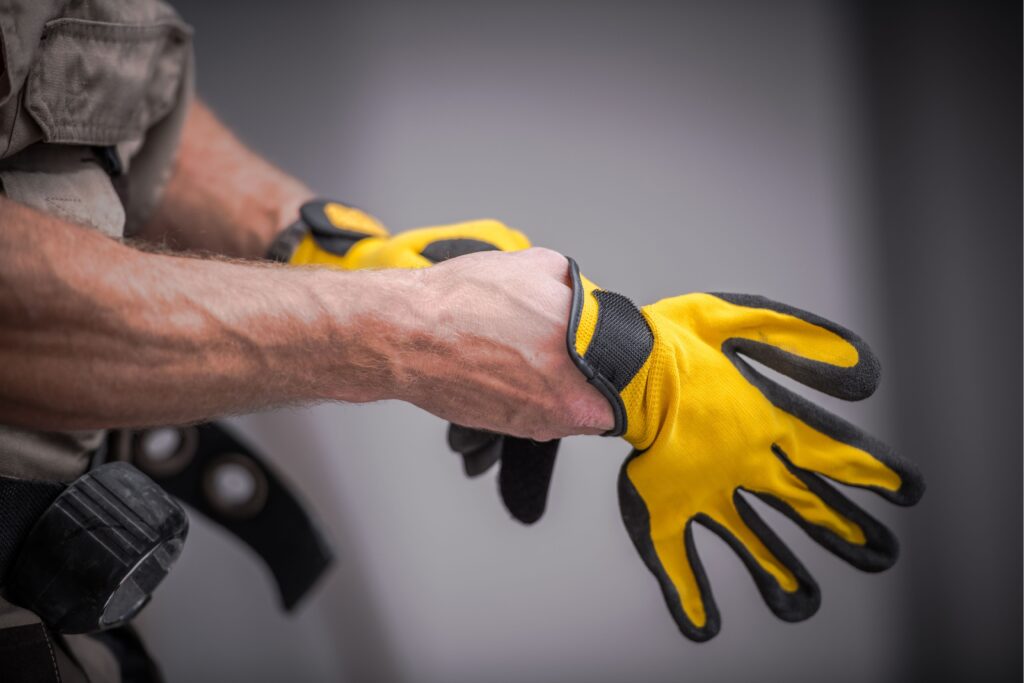
When it comes to safety gloves, two important factors to take into account are the material and fit. Ensuring the gloves are made from sturdy materials and fit your hands properly is essential for comfort and protection. Impact protection is another vital aspect to look for in safety gloves, especially for tasks that involve heavy lifting or handling sharp objects.
Material and Fit
Selecting the appropriate material and fit for your safety gloves is vital to guarantee optimal hand protection and comfort while working on the road or at the loading dock. When choosing safety gloves, consider the following:
Material Options:
- Leather: Offers durability and protection against abrasions.
- Canvas: Provides breathability and flexibility for lighter tasks.
- Chemical-Resistant: Essential when handling hazardous substances.
Fit Considerations:
- Snug but not tight: Ensures dexterity without compromising comfort.
- Full coverage: Protects hands entirely from potential hazards.
Impact Protection
For ideal hand safety and protection during trucking activities, prioritize impact resistance when selecting safety gloves. Impact protection gloves are vital for shielding your hands from potential injuries caused by heavy objects, tools, or machinery. Here is a comparison table to help you choose the right safety gloves for your needs:
| Type of Safety Gloves | Level of Impact Protection | Recommended Use |
|---|---|---|
| Leather Gloves | High | Handling heavy materials, machinery, and tools |
| Impact-Resistant Gloves | Very High | Loading and unloading cargo, operating equipment |
| Cut-Resistant Gloves | Moderate | Handling sharp objects, cutting materials |
| Insulated Gloves | Low | Cold weather conditions, outdoor tasks |
| Chemical-Resistant Gloves | Low | Handling hazardous substances, liquids |
Selecting the appropriate safety gloves can greatly reduce the risk of hand injuries and guarantee your safety while on the job.
Conclusion
So, as you hit the road, remember that your safety gear is your armor, your shield against the dangers that lurk. Like a knight with shining armor, your reflective vest, emergency triangles, fire extinguisher, first aid kit, and safety gloves are your trusted companions on this journey. Stay vigilant, stay prepared, and may your safety equipment be your guiding light through the twists and turns of the trucking world. Drive safe, warrior of the road.
You can never be too safe, check out our post on Essential Safety Tips for Truckers also!

